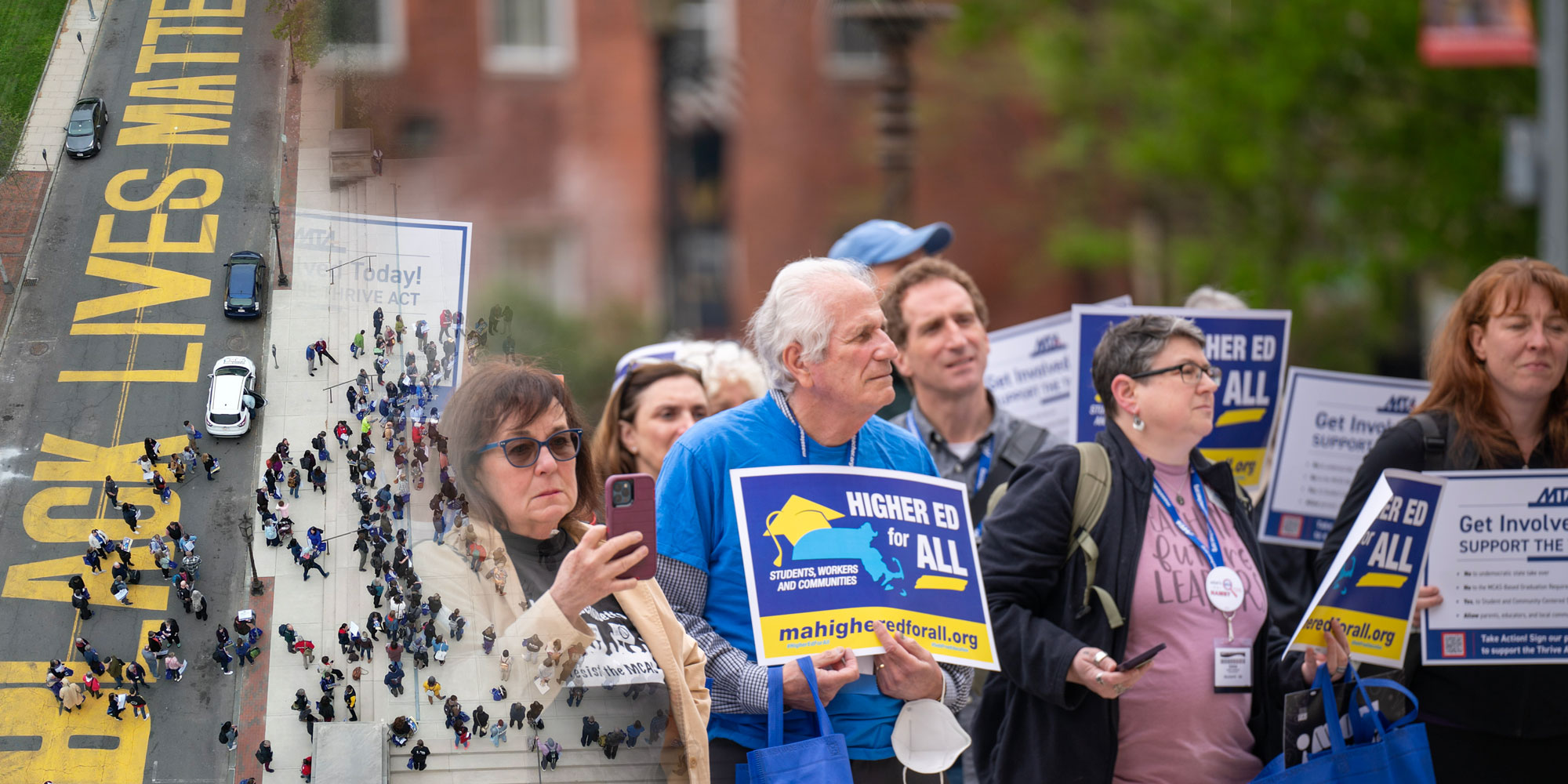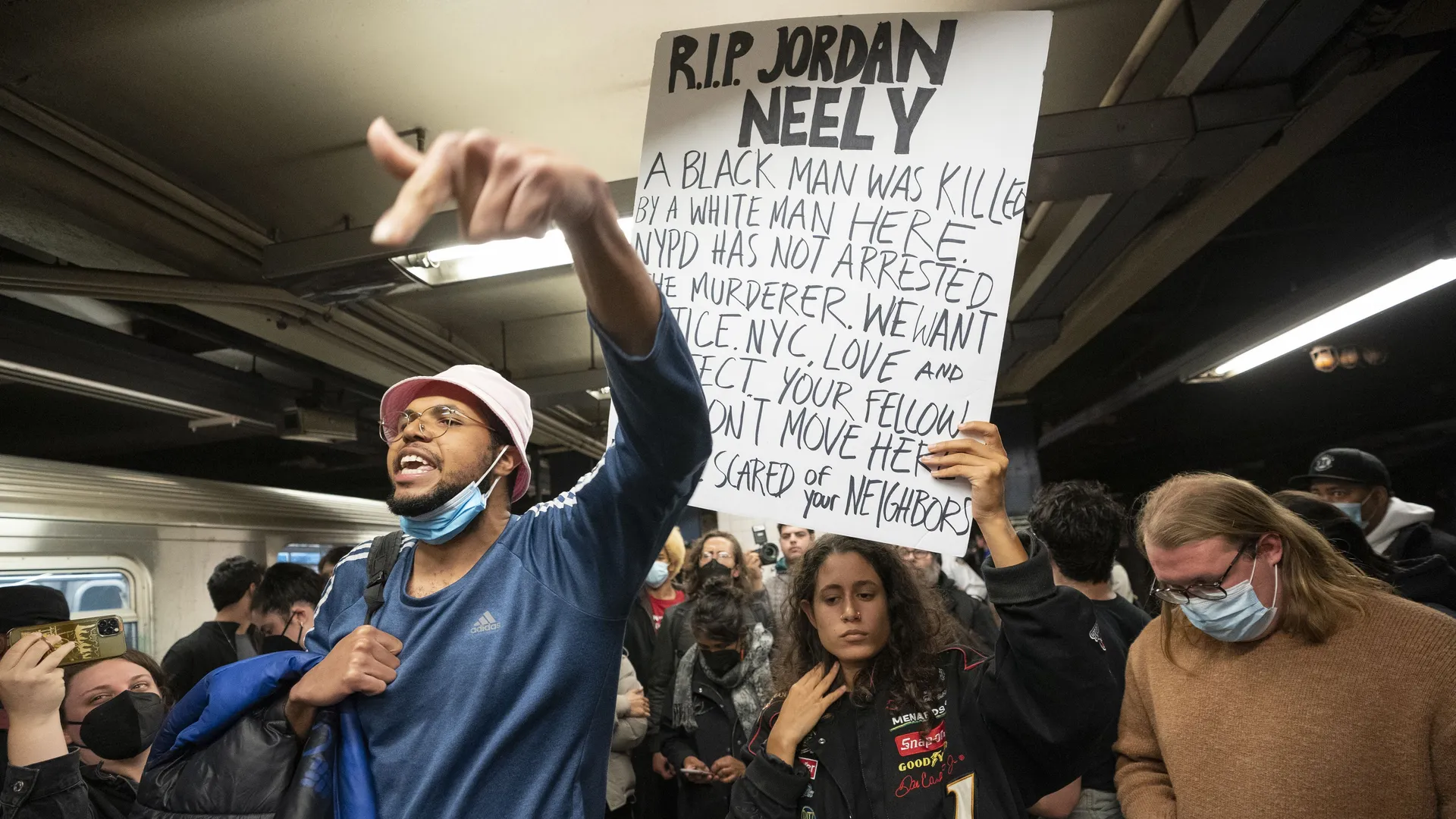New York City Faces Transportation Crisis
As New York City grapples with a public transportation system that is at once vital and crumbling, mayoral candidate Zohran Mamdani has put forth a proposal that may sound appealing on its surface: eliminating bus fares. However, this bold idea could siphon off between $600 million to $800 million annually from the Metropolitan Transportation Authority"s (MTA) budget, a move that raises critical questions about financial sustainability and the real needs of transit users.
What Fare-Free Transit Really Means
While the idea of free public transportation has gained traction in various cities—like Tallinn and Kansas City—the implications for New York are far more complex. The MTA currently collects over $800 million in bus fares each year, funding essential services like staffing and maintenance. For context, this is more than the projected revenue from Manhattan"s new congestion pricing program. Eliminating fares would require finding new funding sources, an endeavor fraught with uncertainty, especially in a climate of shifting political priorities.

Delegates meet at 2023 MTA Annual Meeting in Springfield
Impact on Transit Users and Environmental Goals
Supporters of fare-free transit argue that it would disproportionately benefit low-income individuals, many of whom rely on public transportation for their livelihoods. However, research indicates that eliminating fares often leads to only marginal increases in ridership, primarily from existing users taking more frequent trips rather than new riders opting for buses over cars. As reported by recent studies, ridership spikes do not necessarily translate into reduced car use, which undermines the environmental framing that often accompanies fare-free proposals.
Financial Feasibility and Future Risks
Mamdani’s proposal hinges on the assumption that the necessary funds to cover lost fare revenues will always be available, yet this is a precarious gamble. The MTA’s current financial stability is reliant on state support that could easily wane under changing political climates. Should the funding dry up, the MTA could find itself in dire straits, leading to service cuts that would ultimately hurt the very communities Mamdani seeks to help. As Eric Goldwyn of the NYU Marron Institute points out, a transit system without fares could become a brittle one, vulnerable to the whims of budget cuts and shifting priorities.

Homeless New York subway rider"s chokehold death ruled homicide
What Transit Riders Really Want
The reality is that many low-income riders prioritize reliability and speed over fare-free options. According to Eric Goldwyn, bus passengers would prefer measures that actually improve their commutes, such as dedicated bus lanes and reduced travel times. Basic math supports this: for a rider earning $20 an hour, a reduction in commute time from 40 minutes to 25 minutes equates to a substantial time and financial saving, far exceeding the cost of a round-trip fare. Investments in infrastructure upgrades—like bus lanes and signal prioritization—could yield a far greater impact at a fraction of the cost of going fare-free.
While Mamdani has commendably tackled issues like speeding up bus service and using technology to enhance public safety, his fare-free transit proposal seems disconnected from the pragmatic demands of New Yorkers who rely on public transportation daily. As he moves forward in his campaign, it will be essential for Mamdani and his team to engage in meaningful dialogue about what truly serves the needs of the city’s transit-dependent population.



![[Video] Trump clarifies warning on Venezuelan airspace, denies imminent airstrike](/_next/image?url=%2Fapi%2Fimage%2Fthumbnails%2Fthumbnail-1764541870318-vgpub6-thumbnail.jpg&w=3840&q=75)
![[Video] Trump stands by claim calling Tim Walz retarded, says 'something wrong with him'](/_next/image?url=%2Fapi%2Fimage%2Fthumbnails%2Fthumbnail-1764541845961-tiqt07-thumbnail.jpg&w=3840&q=75)
